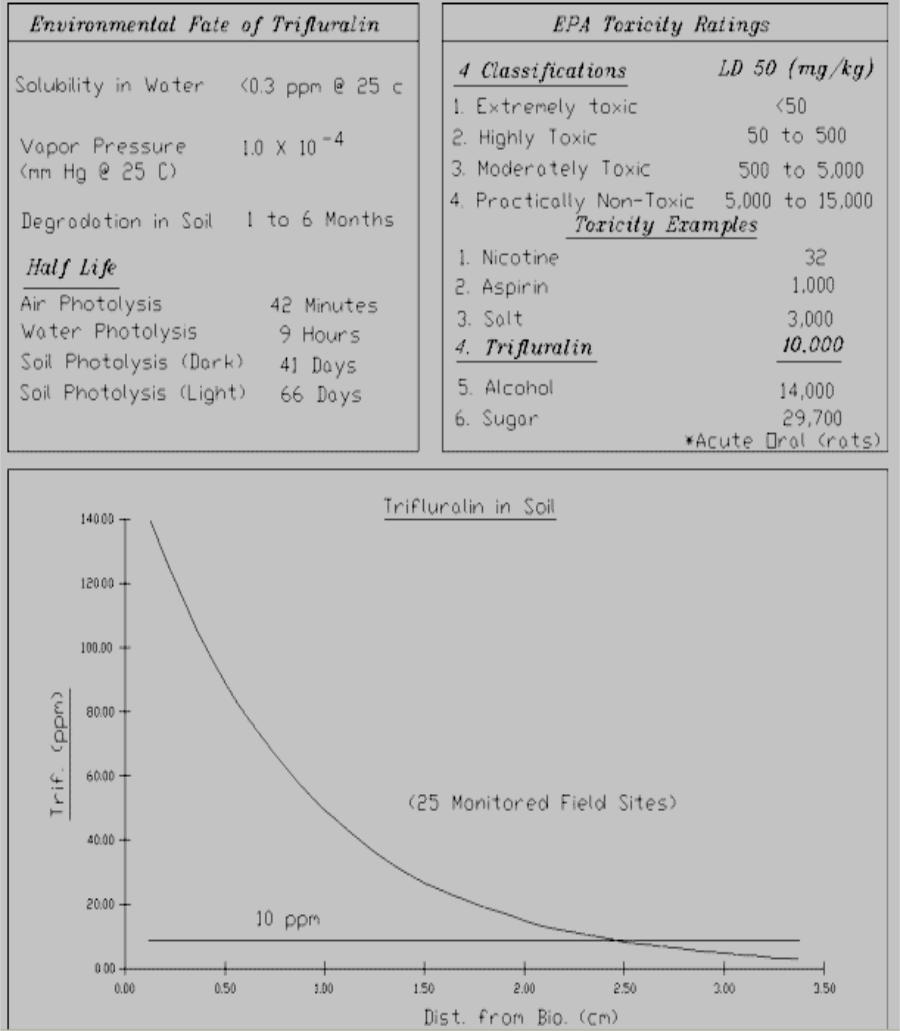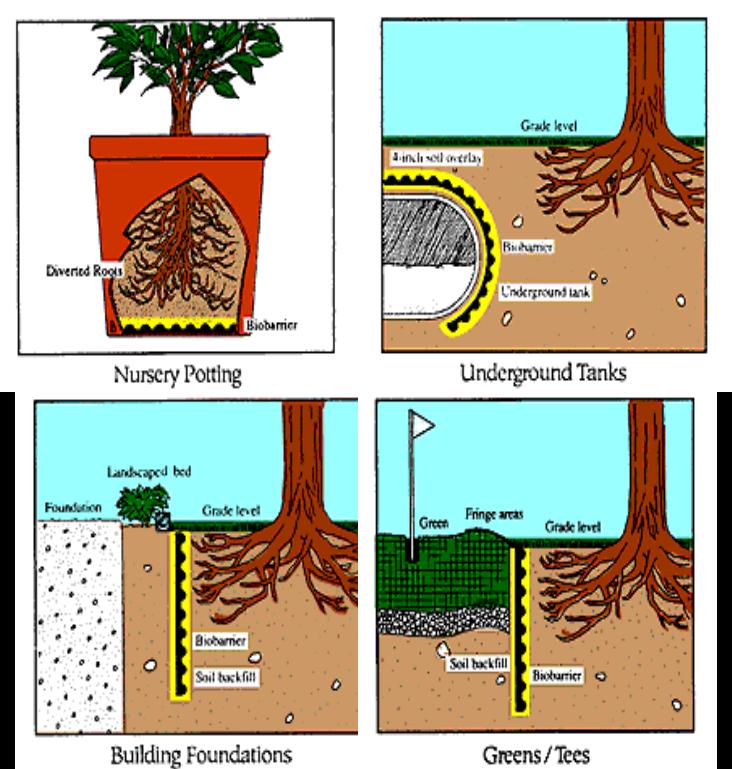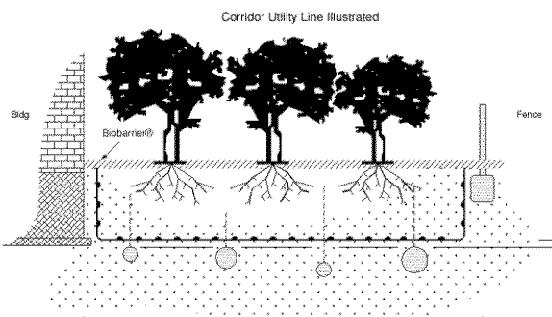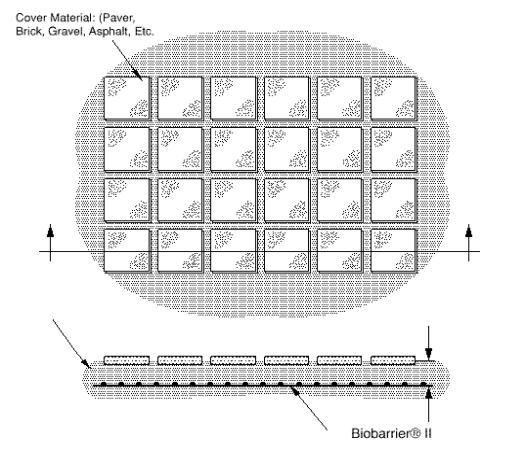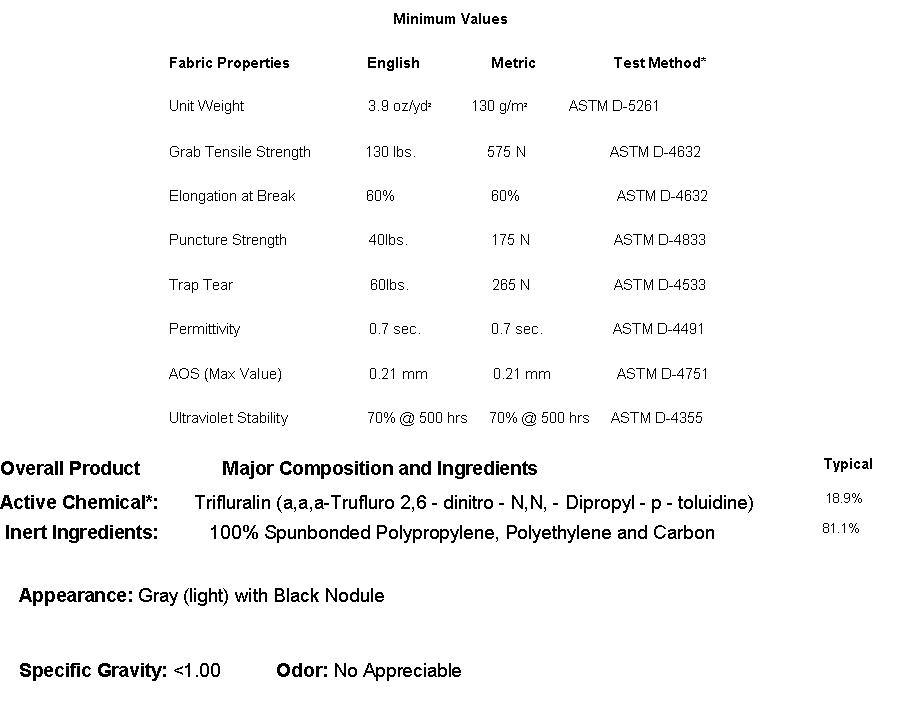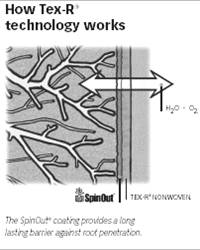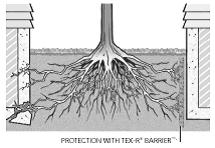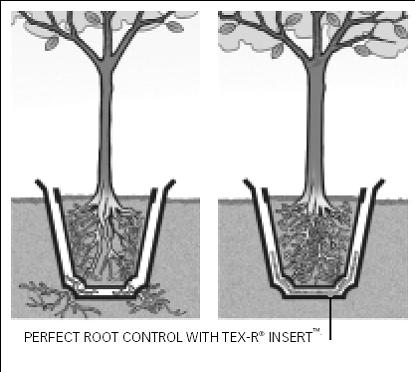Gas! GAS! Quick, boys!—An ecstasy of fumbling,
Fitting the clumsy helmets just in time;
But someone still was yelling out and stumbling
And flound’ring like a man in fire or lime . . .
Dim, through the misty panes and thick green light,
As under a green sea, I saw him drowning.
In all my dreams, before my helpless sight,
He plunges at me, guttering, choking, drowning.
. . . .—Wilfred Owen
The poetry, excerpted from Dulce et Decorum Est, was written by Lieutenant Wilfred Owen of the Royal Army, who was killed in action in France on 4 November 1918.
1. Introduction
In some sense all warfare could be called chemical warfare because every modern weapon depends upon some sort of chemical explosion to cause some sort of casualty. We will narrowly limit the phrase chemical warfare to refer to the type of warfare that employs weapons which use the toxic properties of certain chemicals to produce debilitating physiological and / or psychological effects on the enemy. Additionally, a chemical agent is a chemical compound that is used in chemical warfare.
The threat of terrorism on US soil, to include chemical warfare, has become so great that a whole new agency of the government is being formed to counter this threat. An estimated 34 countries, to include the US, have the capability to produce chemical agents as well as certain sub national groups.
The threat of chemical warfare has increased dramatically since the 1980s. Chemical agents, mustard and tabun, were used in the Iran – Iraq war. The most notable terrorist activity using chemical weapons during peacetime occurred during the morning hours of 20 Mar 1995 on a subway train headed for the central government district in Tokyo. Members of the Aum Shinre Kyo cult, a Japanese doomsday cult, punctured bags of sarin gas (a chemical agent) on the subway, killing 12 people and injuring many more. This was not the first time chemical agents have been used.
The first employment of chemical weapons in modern times was by the Germans at Ypres, Belgium, on 15 April 1915. That afternoon German units released an estimated 150 tons of chlorine gas against Allied troops. Its use was largely superceded by the use of phosgene, COC12, a denser vapor. Because of its density, phosgene does not rise as rapidly as chlorine gas, as the cloud of gas passes over the target area.
Still later in the war sulfur mustard (a liquid at ambient temperatures) was introduced. Sulfur mustard persisted in the area of impact meaning it did not readily evaporate. This agent remained as a hazard for a considerable period of time, thus acting as a barrier to troop movements. Mustard was subsequently used extensively and with decisive results by Italy in Ethiopia in 1935.
The organo-phosphorous compounds, also known as nerve agents, are considered the most dangerous class of chemical agents. These agents were first developed in the 1930’s, by the German scientist Gerhard Schrader, in conjunction with his research on insecticides. There are both persistent and non-persistent varieties. Nerve agents are a major component of the chemical arsenals of both the U.S. and the former U.S.S.R. Chemical agents may be delivered by a wide variety of means: bombs; spray tanks; rockets; missiles; land mines; and artillery projectiles. Just the threat of their use can force military personnel to don cumbersome and uncomfortable protective clothing, thereby, greatly reducing their military effectiveness without any direct casualties.
In 1974, the U.S. signed the Geneva Protocol of 1925, which bans the use of poisonous substances in war. The U.S. reserved the right to retaliate in kind if an enemy uses any chemical agent against the US. The power to order such retaliation resides with the President. The U.S. has additionally renounced the use of herbicides and riot control agents in war, except in retaliation. (President Ford, 1975).
2. Chemical Warfare Agents:
2.1. Nerve Agents
Nerve gases are stored as liquids and are dispensed as either vapors or disperse droplets. The agents enter the body by inhalation or by skin absorption. Death from acute poisoning occurs in minute by asphyxia. If the dose is received through the skin, however, progressive symptoms are suffered over several hours, finally leading to paralysis and respiratory failure.
Nerve gas antidotes administered by self-injection are of limited effectiveness. The main line of defence is face masks to prevent inhalation and protective clothing to protect against skin absorption.
2.2. Blister Agents
Blister agents attack the lungs, eyes, and skin. They blister both skin and mucous membranes.
2.3. Blood Agents
Blood agents interfere with the bodies ability to absorb oxygen. The victim dies because the body tissues are starved of oxygen. Blood agents cause headaches, vertigo, and nausea before death.
2.4. Choking Agents
Choking agents attack the lungs, causing them to fill with fluid. Choking agents are detected by their smell and their irritancy. The victim suffocates by drowning in his own body fluid. Choking agents cause coughing, choking, tightness of the chest, nasea, headache, and watering of the eyes.
Table 1. Common Chemical Weapons
| Name | Odor | Rate of Action | Injuries | Protection |
| Phosgene (CG) | Freshly mowed hay, green corn | Immediate to 3hrs | Damages and floods the lungs | Gas mask |
| Diphosgene (DP) | Freshly mowed hay, green corn | Immediate to 3hrs | Damages and floods the lungs | Gas mask |
| Sarin (GB) | Almost none | Immediate | Difficulty breathing, death | Gas mask and protective clothing |
| Soman (GD) | Fruity, camphor odor | Immediate | Difficulty breathing, death | Gas mask and protective clothing |
| VX | None | Immediate | Death | Gas mask and protective clothing |
| Hydrogen Cyanide (AC) | Bitter almonds | Immediate | Blocks absorption of oxygen | Gas mask and protective clothing |
| Cyanogen Chloride (CK) | Bitter almonds | Choking and breathing difficulty | Gas mask | |
| Mustard Gas – Distilled (MD) | Garlic | Hours to days | Blisters, injures blood vessels, destroys tissues | Gas mask and protective clothing |
| Nitrogen Mustard (HN) | Fishy or musty | 12 hours or longer | Blisters, injures respiratory tract, destroys tissues | Gas mask and protective clothing |
| Phosgene Oxime (CX) | Sharp, penetrating | Immediate | Irritates mucous membrane of eyes and nose | Gas mask and protective clothing |
| Lewisite (L) | Geraniums | Immediate | Poisoning | Gas mask and protective clothing |
| Mustard Gas / Lewisite Mix (HL) | Garlic | Immediate pain and blistering for twelve hours | Blisters, injures blood vessels, destroys tissues, poisons | Gas mask and protective clothing |
| CS | Pepper | Immediate | Irritation | Gas mask and protective clothing |
Note: This chart is to be utilized as a rough guideline. Odor, Rate of Action and Injuries can very based upon concentration and chemical purity.
3. Individual Protection Equipments
The chemical–biological warfare threat can come in three possible physical forms: gas, liquid, and aerosol (ie, a suspension in air of liquid or solid particles). Protection against chemical agents disseminated as aerosols is especially difficult because the individual particles deliver a large amount of agent at a tiny site, thereby overwhelming the local capacity of the adsorbent.
Chemical agents can gain entry into the body through two broad anatomical routes: (1) the mucosa of the oral and respiratory tracts and (2) the skin. The icon of chemical warfare the gas mask protects the oral and nasal passages (as well as the eyes), while the skin is protected by the overgarment.
Total individual protection requires an integrated approach with the primary mechanism being respiratory protection which, when combined with an overgarment, gloves, and boots all properly fitted and used correctly, can provide excellent protection against chemical agents of all known types.
Common medical personal protective equipment used for standard precautions usually consists of nonwovens or woven fabric suits or aprons, safety glasses, N-95 particulate respirators, and latex surgical gloves. These items, however, are not adequate for emergency chemical and biological warfare applications for a number of reasons.
Liquids and viruses readily penetrate uncoated clothing and masks, especially under pressure (eg, kneeling, leaning against objects). Chemicals readily permeate almost all coated or laminated breathable clothing. Latex surgical gloves are ineffective against chemicals because of permeation and against viruses because of penetration. Safety glasses do not protect against liquid splash, and medical shields do not stop chemical vapors or chemical or biological warfare aerosols. The N-95 respirators allow significant penetration through the filter (ie, 5%) and around the mask (i e, 10%). Typical interfaces between clothing, gloves, masks, and glasses do not protect against intrusion, including that of decontamination liquids.
The fundamental question of protective mask design was first addressed in World War I: should the mask completely isolate the soldier from the poisonous environment or should the mask simply remove the specific threat substance from the ambient air before it can reach the respiratory mucosa. The first approach requires that a self-contained oxygen supply be provided. Because of a multitude of practical logistical constraints (eg, weight, size, expense), this approach is not used except for specialty applications in which the entire body must be enclosed.
The more common practice has been to follow the second approach: to prevent the agent from reaching the respiratory mucosa by chemically destroying it, removing it in a nonspecific manner by physically adsorbing it, or both. Destruction by chemical reaction was adopted in some of the earliest protective equipment such as the “hypo helmet” of 1915 (chlorine was removed by reaction with sodium thiosulfate) and in the British and German masks of 1916 (phosgene was removed by reaction with hexamethyltetramine). More commonly, the removal of the agent was brought about by its physical adsorption onto activated charcoal. (Due to its mode of formation, this substance has an extraordinarily large surface area, some 300–2,000 m2/ g, with a corresponding plethora of binding sites.) It was soon recognized that impregnation of the charcoal with substances such as copper oxide, which reacted chemically with certain threat agents, further increased protection.
The effectiveness of modern masks depends on both physical adsorption and chemical inactivation of the threat agent. For example, in the M17 protective mask the adsorbent, known as ASC Whetlerite charcoal, is charcoal impregnated with copper oxide and salts of silver and chromium. The M40 protective mask uses an ASZ impregnated charcoal, which substitutes zinc for the hexavalent chromium (CrVI). The Centers for Disease Control and Prevention and the National Institute for Occupation Safety and Health have identified CrVI as a potential human carcinogen. A filter layer to remove particles and aerosols greater than 3 µm in diameter is also a component of all protective masks.
The location of the filters and adsorbent vis-a vis the respiratory tract was also one of the questions that mask designers addressed in World War I. In the standard British mask (the small box respirator of 1916), the filter and the adsorbent were contained in a separate container worn around the soldier’s trunk and connected to the mask by a hose. By way of contrast, in the standard German mask introduced in late 1915, the filter and adsorbent, contained in a small can (canister), were attached directly to the mask. The advantages of the canister arrangement were lighter weight and reduced work of breathing. But these advantages were gained at the expense of a smaller protective capacity and a degree of clumsiness associated with motion of the head. The canister is attached directly to the mask in the majority of modern protective masks. The contents of a modern canister are shown in Figure 1
Several of the essential features of modern protective mask design features that might be thought to be more recent also originated during World War I. For example, designing the inside of the mask so that inhaled air is first deflected over the lenses (which prevents exhaled air, saturated with water vapor, from fogging the lenses) and the use of separate one-way inlet and outlet valves (to minimize the work of breathing) were World War I–era inventions. The need of masked soldiers to be able to talk to one another was also recognized then. Interestingly, in the period after World War I, the U.S. Navy introduced the first useful solution to this problem: a moveable diaphragm held in place by perforated metal plates in the front of the mask. This device ultimately became the voicemitter found in today’s protective masks.
The protective masks issued to members of the U.S. armed forces protect the individual’s face, eyes, and respiratory tract from field concentrations of chemical–biological agents, toxins, and radioactive fallout particles. Several critical steps must be taken to ensure that an assigned mask will function properly in a toxic chemical environment:
• Select the correct mask size,
• Properly fit the selected mask,
• Validate the mask protection,
• Train the user in the proper wear and use of the mask, and
• Perform preventive maintenance checks on the mask as required.
4. Protective Clothing
There is a variety of protective clothing available for people working in situations in which they might encounter chemical or biological warfare agents. These clothing types include
- Protective suits,
- Gloves,
- Boots, and
- Hoods.
4.1. Protective Suits
The first thing purchasers of protective clothing usually ask for is test data determining barrier performance. When comparing barrier performance, a number of points should be kept in mind regarding the test parameters used, including
- Contamination density, which can range from five grams per square meter to more than 100 grams per square meter;
- Cell configuration ( eg, open or closed top);
- Breakthrough endpoint—typically 4μg/cm2 for HD (ie, mustard gas);
- Airflow; and
- Test duration or mission length.
An overgarment can be made to protect skin from chemical agents by either physical or chemical means:
- The overgarment can be made of fabric that is impermeable to most molecules, even to air and water vapor.
- The overgarment can be made of fabric that is permeable to most molecules, but that also chemically alters or physically removes chemical agents before they reach the skin.
In the first method, the chemical agent is totally excluded because the agent is physically prevented from penetrating the substance of the overgarment. In the second method, the agent enters into the fabric of the overgarment but is absorbed before it can reach the skin. An overgarment made of an impermeable material such as Saran wrap or butyl rubber can offer complete protection against threat agents but at the unacceptable cost of causing heat injury. Cooling by sweating is not possible if water vapor cannot pass through to the ambient environment. Most fielded overgarments, therefore, depend on the fabric’s ability to adsorb the threat agent. Activated charcoal is used for this purpose in U.S. military designs.
Placing a soldier into full chemical protective equipment mask, overgarment, gloves, and boots is a decision that appropriately considers not only the protection aspect but also the added heat stress and potential for dehydration. The heat stress problem must be recognized from the start. Personnel must begin a drinking regimen prior to encapsulation to ensure that they do not become dehydrated quickly. The physical burden of a full ensemble can add 9 to 14 lb to a normal load; this added weight combined with heat stress, dehydration, and physical exertion can cause significant impairment to any mission. Because of these factors, the completeness of protection is stratified by the anticipated magnitude of the threat from chemical–biological agents: that is, the mission-oriented protective posture (Fig. 5). Five MOPP levels have been recognized previously, but with Change 2 to Field Manual 3-4, NBC Protection, the number was updated to seven in 1996.
4.2. Levels of Mission-Oriented Protective Posture (MOPP)
4.2.1. MOPP Ready
Soldiers carry their protective masks with their load-carrying equipment. The soldier’s MOPP gear is labeled and stored no further back than the battalion support area and is ready to be brought forward to the soldier when needed. The time necessary to bring the MOPP gear forward should not exceed 2 hours. A second set of MOPP gear is available within 6 hours. Units at MOPP Ready are highly vulnerable to attacks with persistent agents and will automatically upgrade to MOPP Zero when they determine, or are notified, that chemical weapons have been used or that the threat for use of chemical weapons has risen. When a unit is at MOPP Ready, soldiers will have field-expedient items identified for use.
4.2.2. MOPP Zero
Soldiers carry their protective masks with their load-carrying equipment. The standard battledress overgarment and other individual protective equipment that make up the soldier’s MOPP gear are readily available. “Readily available” means that equipment must either be carried by each soldier or be stored within the soldier’s arms’ reach (eg, within the work area, vehicle, or fighting position). Units at MOPP Zero are highly vulnerable to attacks with persistent agents and will automatically upgrade to MOPP 1 when they determine, or are notified, that persistent chemical weapons have been used or that the threat for use of chemical weapons has risen.
4.2.3.MOPP 1
When directed to MOPP 1, soldiers immediately don the battledress overgarment In hot weather, the overgarment jacket may be unbuttoned and the battledress overgarment may be worn directly over the underwear. M9 or M8 chemical detection paper is attached to the overgarment. MOPP 1 provides a great deal of protection against persistent agents. The level is automatically assumed when chemical weapons have been employed in an area of operations or when directed by higher commands.
4.2.4 MOPP 2
Soldiers put on their chemical protective footwear covers, green vinyl overboots, or a field-expedient item (eg, vapor-barrier boots), and the protective helmet cover is worn. As with MOPP 1, the overgarment jacket may be left unbuttoned but the trousers remain closed.
4.2.5 MOPP 3
Soldiers wear the protective mask and hood. Again, flexibility is built into the system to allow the soldier relief at MOPP 3. Particularly in hot weather, soldiers may open the overgarment jacket and roll the protective mask hood for ventilation but the trousers remain closed.
4.2.6 MOPP 4
Soldiers will completely encapsulate themselves by closing their overgarments, rolling down and adjusting the mask hood, and putting on the NBC rubber gloves with cotton liners. MOPP 4 provides the highest degree of chemical protection, but it also has the most negative impact on an individual’s performance.
4.2.7 Mask-Only Command
Only the protective mask is worn. The mask-only command is given in these situations:
I. When riot control agents are being employed and no chemical or biological threat exists.
II. In a downwind vapor hazard of a nonpersistent chemical agent. The mask-only command is not appropriate when blister agents or persistent nerve agents are present.
4.3. Protective Ensembles
Most of the armies of the world have chemical protective clothing available for individual protection. Several types are available, depending on the protection required to perform a specific mission and whether the protective clothing needs to be permeable or impermeable. Most troops use permeable protective clothing, which allows for air and moisture to pass through the fabric without hindering the chemical protection capabilities of the clothing. This type of permeable protective clothing is described in the following section.
4.3.1 Battledress Overgarment (BDO)
The current standard A protective overgarment is the battledress overgarment (BDO). The BDO protects the wearer from all chemical agent vapors, liquid droplets, biological agents, toxins, and radioactive alpha and beta particles; however, the BDO does not stop either X or gamma radiation. The BDO protects the wearer for 24 hours after contamination from chemical agent vapors, liquids, and droplets; and biological agents and toxins. The effectiveness of the BDO is in its serviceability. Wear time of the BDO begins when it is removed from the sealed vapor-barrier bag and stops when it is returned to the vapor-barrier bag. Wearing the BDO for any part of a day constitutes a day’s wear. The BDO becomes unserviceable if it is torn, ripped, a fastener is missing or broken, or petroleum, oils, or lubricants are splashed or spilled on the over garment. This unserviceableness necessitates replacement. The BDO is manufactured in two layers: a tightly woven outer layer and a charcoal-impregnated inner layer to adsorb agent liquid or vapor (Fig. 6). The garment consists of a hip-length coat and trousers with appropriate fasteners and multiple pockets. It is manufactured in eight sizes ranging from XXX Small through XX Large. The BDO is not designed to be decontaminated or reimpregnated for reuse. 
4.3.2 Aircrew Uniform, Integrated Battlefield
The aircrew uniform, integrated battlefield (AUIB) is designed to replace the BDO, the chemical protective overgarment (CPOG), and the Nomex flight suit for aircrews operating in a contaminated environment (Fig. 7). It is also designed to protect against petroleum and oils. It provides flame resistance as well as NBC protection. The outer shell is a laminate of 95% Nomex/5% Kevlar. While the inner layer is a 90-mil, carbon-impregnated, flame-resistant foam/nylon laminates. The AUIB is designed as a two-piece garment with a coat and trousers with appropriate fasteners and is available in woodland or desert camouflage. The heat stress burden of the AUIB is similar to that of the BDO.
4.3.3 Chemical Defense Aircrew Ensemble
The chemical defense aircrew ensemble (CDAE) is the newest generation of aircrew protective clothing. It is a one piece garment consisting of the Nomex flight suit, a charcoal undergarment, and long cotton underwear. The CDAE incorporates carbon-sphere technology to adsorb chemical agent. It is basically two suits differing in color: the CWU-66/P is green and the CWU-77/P is brown. It may be laundered as many as 10 times prior to chemical agent exposure without destroying the protective capabilities of the coverall.
4.3.4 Protective Clothing Based on Selectively Permeable Membrane Technology
Scientists at the U.S. Army Soldier Systems Center (Natick) are making historic strides in developing CB protective gear for the soldier. This new generation of lightweight chemical and biological protective clothing is based on selectively permeable membrane technology. The two membrane systems being investigated are the amine-based membrane/fabric system and the cellulose-based membrane fabric system from W.L. Gore & Associates, Inc. and Akzo Nobel, respectively. The selectively permeable membrane technology will reduce or eliminate the use of carbon in CB protective clothing. Since carbon adds weight and bulk, the protective overgarments fabricated from the new materials are dramatically lighter than their predecessors. The new protective overgarments weigh 51 percent less than the standard battledress overgarments (BDO) and 45 percent less than the Joint Service Lightweight Integrated Suit Technology (JSLIST) overgarment. In addition to being lighter weight, the new garments are easier to launder, and take up less package volume. Thus, the new protective gear will be an improvement over its predecessors from a logistical standpoint as well.
The novel materials provide protection against highly toxic compounds, including offensive chemical and biological agents. Incredibly, the resultant thin, lightweight, flexible material system also allows moisture vapor to pass through the clothing, thus providing relief from heat stress through evaporative cooling. The system is waterproof as well, and therefore, will provide protection from wet weather. The novel materials will also be incorporated into gloves and socks.
novel materials will also be incorporated into gloves and socks.
According to Mr. Truong, “Protective clothing is now worn over the Battle Dress Uniform (BDU). In the future, however, the selectively permeable membrane will allow the BDU itself to be the protective garment, thus, eliminating the need for an overgarment, especially in a high-threat scenario. As a result, the logistics burden, the weight, and the cost of the clothing system, as well as heat stress will be reduced.”
The two membrane technologies have been tested extensively and successfully on the Thermal Manikin. Soldiers who have assessed the new ensemble for comfort and durability in limited field tests have rated it highly.
In addition to the war fighter, the new protective clothing systems will also be useful to environmental cleanup personnel, emergency responders, medical personnel, industrial-chemical handlers, and pesticide handlers. The material could also be used as a sophisticated filter, separating chemicals from water vapor and/or other chemical species.
4.4 Joint Service Lightweight Integrated Suit Technology
The Joint Service Lightweight Integrated Suit Technology (JSLIST) program is developing the next generation of overgarment, which will be fielded in Fiscal Year 1997. The JSLIST program provides the future whole-body chemical–biological protective equipment for the joint services (U.S. Army, Navy, Air Force, and Marine Corps). The JSLIST program encompasses a lightweight garment (undergarment, overgarment, duty uniform) and improved chemical protective hand wear and chemical protective overboot. It will provide less bulk and heat stress by being constructed of state-of-the-art materials (the exact materials are not yet known, however) and will be more durable and launderable than current designs. The items in the JSLIST series are joint-service standardized items and are planned to be used by all services.In addition to the JSLIST, new agent-impermeable materials are being evaluated in conjunction with advanced fabrics to replace the carbon-impregnated fabrics, which have limited lifetimes. These new materials will be lighter, allow permeation of moisture while retaining protection, and cause less heat stress.
4.4.1 JSLIST Overgarment
The JSLIST Overgarment (OG) is a universal, lightweight, two-piece, front-opening garment that can be worn as an overgarment or as a primary uniform over personal underwear (Fig. 10 a). It has an integral hood, bellows-type pockets, high-waist trousers, adjustable suspenders, adjustable waistband, and waist-length jacket. This design improves system compatibility, user comfort, and system acceptance, and maximizes individual equipment compatibility. The JSLIST OG provides optimum liquid, vapor, and aerosol protection and also flame protection.
4.4.2 JSLlST Aviation Overgarment
The JSLIST Aviation Overgarment (AVOG) is the aviator’s version of the JSLIST OG and Duty Uniform (DU) configurations. It is a two-piece, front-opening, flame-resistant garment designed as a chemical protective overgarment or uniform. For cockpit compatibility, the integral hood and bellows-type pockets of the OG and the DU have been replaced with a crew type collar and sewn-down pockets (Fig.10 b).
4.4.
3 JSLIST Duty Uniform
The JSLIST Duty Uniform (DU) is a universal, lightweight, two-piece, front-opening garment that is worn as a primary uniform over personal underwear. It has an integral hood, bellows-type pockets, high-waist trousers, adjustable suspenders, adjustable waistband, and waist-length jacket (Fig.10 c). This improves system compatibility, user comfort, system acceptance, and ensures maximum individual equipment compatibility. The DU provides optimum liquid, vapor, and aerosol protection as well as flame protection.
4.4.4 JSLIST Vapor Protective Flame-Resistant Undergarment
The JSLIST Vapor-Protective, Flame-Resistant Undergarment (VPFRU) is a two-piece (jacket and drawers), front-opening, vapor-protective garment (Fig.10 d). It is configured with an integral form-fitting hood and detached vapor-protective, fire-resistant socks. Worn under standard duty uniforms, including the combat vehicle crewman coveralls and battledress uniform, the VPFRU is designed to provide the chemical vapor and biological agent protective layer. For Special Operations Forces and armor crews, the VPFRU is intended to provide maximum vapor and aerosol protection and MOPP flexibility.
4.5 Protective Boots and Gloves
A soldier wearing the chemical protective boots and gloves discussed here will soon realize that mobility is compromised by the boots and that tactile ability is degraded by the gloves. The present boots provide good protection against chemical warfare agents but are only an interim solution to the need for combined chemical protection, ease of decontamination, and safety. Wearers are at serious risk of falls due to the lack of adequate traction, and the weight of the boot contributes to the increased fatigue from complete protection ensemble wear. The boots do not protect the wearer from heat or cold and in some cases may contribute to medical problems such as trench foot, frost bite, or other cold weather injuries. The protective gloves degrade tactility and again will not protect against heat or cold and may increase the chance of cold weather injuries if the work glove is not worn over the protective glove. The following descriptions of protective boots and gloves are based on information from NBC Protection.
4.5.1 Chemical Protective Footwear Cover
The chemical protective footwear cover (CPFC) is an impermeable black butyl rubber footwear cover that protects the combat boot from all agents (Fig. 11). The CPFC has an unsupported butyl rubber sole and butyl rubber uppers with long laces, which fasten a front eyelet with side and rear eyelets. The CPFC can be decontaminated with 5% chlorine solution, then inspected and reused. If exposed to DS2, the CPFC should be washed since DS2 causes the rubber to deteriorate. The CPFC offers poor traction and the laces can cause a tripping hazard when the wearer is moving. Again, the CPFC offers no protection against cold; therefore, suitable precautions must be taken. Refer to NBC Protection5 for protective capabilities.
4.5.2 Chemical Protective Glove Set
The chemical protective glove set consists of an outer glove for chemical protection and an inner glove for perspiration absorption. The outer glove is made of impermeable butyl rubber and the inner glove is made of white cotton. The gloves come in three thicknesses: 7, 14, and 25 mil. Soldiers such as medical, teletypist, and electronic repair personnel, whose tasks require extreme tactility and sensitivity, and who will not expose the gloves to harsh treatment, will use the 7-mil glove set. Aviators, vehicle mechanics, weapons crews, and other soldiers whose tasks require tactility and sensitivity will use the 14-mil glove set (Fig.12). Soldiers who perform close combat tasks and other heavy labor tasks will use the 25-mil glove set. All of the glove sets protect against liquid chemical agents and vapor hazards. However, if the 7- mil glove set is contaminated, it must be replaced or decontaminated within 6 hours after exposure. The 14-mil and 25-mil glove sets will provide protection following contamination for 24 hours. All three glove sets can be decontaminated with a 5% bleach-and-water solution or a 5% HTH-and water solution, then inspected, and reused. All gloves will become sticky and soft if exposed to DS2 or petroleum-based fluids and must be replaced. Replacement must occur following damage or degradation or both. Refer to NBC Protection for protective capabilities.
4.5.3 JSLIST Improved Chemical and Biological Protective Glove
The JSLIST Improved Chemical and Biological Protective Glove (ICBPG) are designed to provide protection against chemical and biological agents in liquid, vapor, and aerosol form (Fig.13). Its protection performance is not degraded by exposure to petroleum, oil, and lubricants and to field decontaminants. To prevent excessive moisture buildup and improve user comfort, the ICBPG is semipermeable. The glove can be worn for up to 30 days without performance degradation and is flame resistant.
4.5.4 JSLlST Multipurpose Overboot
The JSLIST Multipurpose Overboot (MULO) is designed to be used for daily wear as required by the weather and is flame resistant. It is a single-piece design with webbed straps, side-to-back chemical-resistant plastic buckle closures, and improved tread design (Fig 14). Protection is provided for environmental hazards as well as chemical and biological agents. Additionally, the resistance to agents is not degraded by exposure to petroleum, oil, and lubricants, and decontaminants.
5. References
- William J. Daniels and Stanley A. Salisbury, Chemical and Biological Terrorism Preparedness— Web-Based Resources, Applied Occupational and Environmental Hygiene, Vol. 15 (8), 592–595, 2000.
- Jean McGrath, Chemical Warfare Agents, Toxalert, Vol. 19 (1), Feb 2002.
- Annetta Watson and Veronique Hauschild, Evaluation of Percutaneous Vapor Toxicity for Certain Chemical Warfare Agents: Application to Selection Guidelines for Protective Ensembles, Phd Thesis Research and Technology Directorate of the Soldier and Biological Chemical Command, APG, MD.
- WWW.firechief.com.
- Dr. Eugene Wilusz, Materials Technology For Chemical/Biological Protective Clothing, Natick Soldier Center U.S. Army Soldier
- Jack Sawicki, Protection from chemical and biological warfare, Surgical Services Management, Vol 5, No 9, 11-17.
- Frederick R. Sidell, M.D., Ernest T. Takafuji, M.D., M.P.H., David R. Franz, D.V.M, Ph.D., Medical Aspects of Chemical and Biological Warfare, Published by the Office of The Surgeon General at TMM Publications Borden Institute Walter Reed Army Medical Center Washington, DC 20307-500.
- L. Ashok Kumar & R Senthil Kumar, Protective Textiles, Asian Textile Journal, Nov 2004, 93-106.
- F.L.Cook, Chemical Warfare Fabrics: New Textile Market, Textile Month, Sep 1981, 115-121.















